Aosta in seven days
Aosta in seven days
Aosta
in seven days
A holiday to remember!
Once you’ve visited prehistoric, Roman and medieval Aosta, gone shopping and taken a bike ride or gone skiing in Pila, if you’ve planned a longer holiday in the Aosta Valley, here are some suggestions that will allow you to return home with lasting memories.
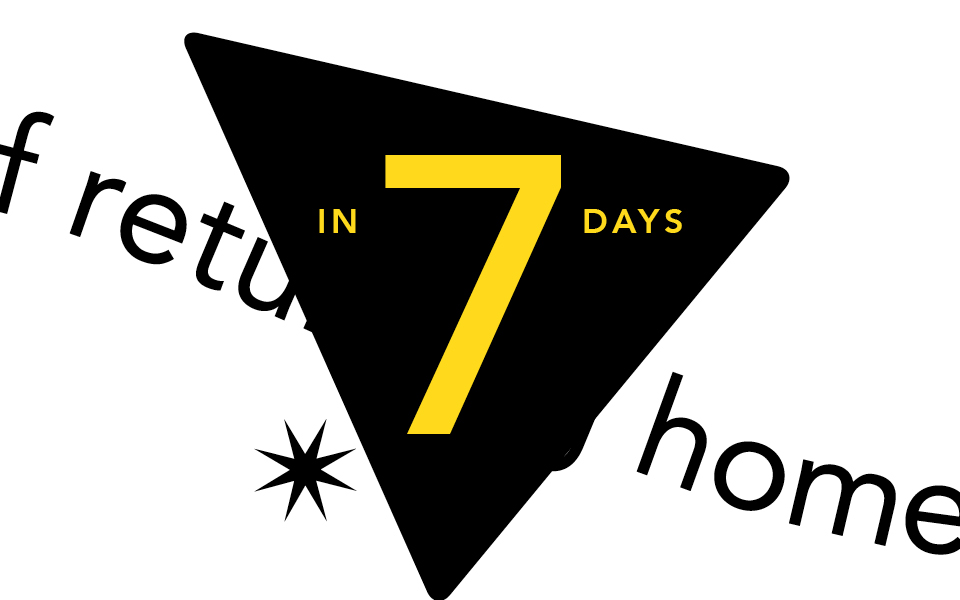
Get your camera ready, because for first-time visitors to Aosta, the Roman Bridge and the Arch of Augustus are two places not to be missed. The Buthier River flows under the arch of the Pont de Pierre, the "stone bridge”. Just a few metres away, if you look up, you’ll see the Honorary Arch dedicated to the Emperor Augustus, the monument that is the symbol of the city of Aosta!


Have you ever seen a lime tree, planted around 1530? You’ll find one here that has been a national monument since 1924. A tip: to enter San Lorenzo, it is advisable to buy a single ticket, valid for one year from the date of issue, which also includes entry to three other sites: the Cryptoporticus, the Regional Archaeological Museum and the Roman Theatre.
You can buy tickets online at www.midaticket.it/?s=aosta








Featuring findings dating from ancient Egypt to the Etruscan civilisation, as well as Roman times, and a paradise for numismatics enthusiasts: a visit to the MAR - Regional Archaeological Museum - is a must for visitors to Aosta.
The museum is divided into a thematic and chronological route. On display in the former are some North African tiles and oil lamps from the regional collections. Further along the way are exhibits from the long period dedicated to Romanisation. This is followed by two rooms devoted to funerary rituals. The Christian-Mediaeval period is represented in the small room that brings the exhibition route to an end. Preserved in the basement of the Regional Archaeological Museum are the remains of the south-west corner of the eastern tower of the Porta Principalis Sinistra, one of the four city gates of Augusta Prætoria. The Museum also houses the prestigious 'Pautasso' numismatic collection of coins from the Greek era to the Savoy period. Not to be missed are the Celtic, Gallic and Po Valley coins.
The "Carugo Collection" room houses finds from Etruscan civilisation, ancient Egypt and Mesopotamia.
https://www.lovevda.it/it/banca-dati/8/musei/aosta/museo-archeologico-regionale/723


Six thousand years of history waiting to be discovered: another attraction of Aosta. In 1969, on the western outskirts of the city, what is now the Megalithic Area was discovered by chance. This huge archaeological area covers 6,000 years of history, from Neolithic ritual ploughing to Copper Age anthropomorphic stelae and Iron Age burials.
A large structure now covers almost 10,000 square metres of excavations, with no visual interruptions. The area, about one hectare wide and 4 to 6 metres deep, is the largest covered archaeological site in Europe.
The site is organised in such a way as to offer an authentic journey through time to discover our most ancient past.


San Grato Chapel. Discovering the artists of the Aosta Valley. In the Middle Ages, it was an important city thoroughfare for transit and commercial activities, but today the central Via De Tillier - as well as being a favourite place for a stroll and some shopping - is also home to the chapel of San Grato. Probably built in the 15th century, it is now deconsecrated. Aosta Town Council granted it to the Association of Aosta Valley Artists, who renamed it 'Galleria San Grato'. The Association undertakes to keep it open to the public 365 days a year, holding weekly non-stop personal and collective exhibitions.
www.associazioneartistivaldostani.it
www.lovevda.it
Severino Caveri Square: where the sacred meets the profane.
Take a seat on a bench or outside one of the cafés for an aperitif and observe how the hand of man has today reproduced what time has given us, and muster up a little imagination: this square – named Severino Caveri after one of the fathers of Autonomy for the Aosta Valley - is a portion of what was once the grand Roman Forum. The upper part defined the sacred area, while the lower part opened out onto the area dedicated to public functions where shops, tabernæ and administrative offices once looked onto the square (platea).


With its picturesque spots, the centre of Aosta is ideal for cycling. But for lovers of sport on two wheels, it is just beyond the city limits that the best emotions are waiting to be enjoyed.
With appealing, flat routes suitable for the whole family, itineraries nestling amid nature, adrenaline-filled mountain bike descents and climbs ready to put even the best-trained legs to the test, bringing your bike with you or renting it once you arrive in Aosta is a great way to combine relaxation with a little fun and exercise in the open air, in close contact with nature.
(https://www.lovevda.it/it/banca-dati/7/ciclismo/gressan/ciclotour-pista-ciclo-pedonale-sarre-fenis/2849)
(https://www.lovevda.it/it/banca-dati/2/visite-turistiche-e-culturali/aosta/graziella-city-tour-overview-of-aosta/85598)
No bike with you? No problem!
www.ciclilucchini.it
labicicletteriadidelfo.webnode.it
www.heroebike.it
www.centroautoaosta.com
www.switshop.com

Evocative views and fascinating legends combine to offer unforgettable experiences that only the eternal allure of Mont Blanc, the 4810-metre Roof of Europe, can offer.


All you have to do is let yourself be pampered and enjoy some me-time.
www.qcterme.com/it/pre-saint-didier


www.courmayeurmontblanc.it
Say Arnad and you immediately think of lardo. Its fame undoubtedly precedes the PDO-label cured meat, but there’s more to the village than its renowned Lard d'Arnad.
Three castles, the bridge at Echallod, the sanctuary of Machaby and the parish church of San Martino are well worth a visit in this village, which retains the charm of yesteryear.
Arnad is rich in tradition, and on the third weekend in August its hosts a festival dedicated to its delicious cured meat, attracting tens of thousands of enthusiasts.


In 1800, Napoleon's reserve army conquered it with cannon fire, at the end of a historic battle that is re-enacted every year. The young Stendhal, who was a member of Napoleon's Armée, remembers the Bard Fort as his baptism of fire.
A very young Camillo Benso Conte di Cavour even stayed there before deciding to abandon a military career for the political arena.
Today the imposing Bard Fort is an internationally renowned museum and exhibition venue, dominating both the village and the entrance to the central valley, just as it did in the past.
Bard is an authentic concentrate of history. A typical through village that grew up along the Roman road, its medieval urban layout remains virtually intact to this day.
Bard is considered one of the 20 most beautiful villages in Italy, according to the skyscanner.com portal, and it is no coincidence that it has been part of the “most beautiful villages in Italy” circuit since 2012.
www.fortedibard.it/il-borgo-di-bard




Arm yourself with a camera, binoculars and hiking shoes, because a triumph of nature awaits you.
Cogne and its National Park - the oldest in Italy - are at their best in summer.
Humans are guests here in the home of some unique wildlife: ibex and chamois graze fearlessly just a few metres away, accompanied by the whistle of the marmots, always looking for a front row seat in the sun.
The area offers wonderful hikes and walks: from the easiest routes - also suitable for children and beginners - to trips lasting several hours, discovering alpine pastures and ancient mule tracks and waterfalls (Lillaz), as well as real high-altitude routes, without forgetting a visit to the ancient magnetite mine that takes visitors back in time, in the footsteps of generations of miners, and offers a breath-taking view from Mont Blanc to the Gran Paradiso.
But be careful: make sure you’re properly equipped and respect the flora and fauna!
www.cogneturismo.it
www.grand-paradis.it
www.lovevda.it
www.grand-paradis.it/it/spazi-cultura/centro-espositivo-alpinart/la-miniera-di-cogne

The term “wilderness” was first used by the 19th-century American philosopher Henri David Thoreau. It is this wilderness, the heartbeat of wild nature, that triumphs in Cogne and in the whole area surrounding this gateway to the Gran Paradiso Park.
Five valleys, all just waiting to be discovered, immersed in an area of which 95% is protected.
To the south, Valnontey leads to the slopes of the Gran Paradiso; to the north, the Grauson valley, with a brand-new refuge at the bottom; to the south-east, the Urtier valley and Valleille; to the east, the Gimillan valley.
The road climbs up from Aosta in a narrow, winding valley, almost a secret passage, which once it reaches the village opens out onto the surprising Prati di Sant'Orso meadows, the starting and finishing point in winter for the cross-country skiing trails.
At the beginning of the road from Aosta to Cogne, just after the village of Aymavilles, we recommend a visit to the Roman aqueduct bridge at Pont d'Ael, a magnificent structure in masonry and blocks of stone, about 56 metres high and more than 50 metres long, built over 2,000 years ago.
www.touringclub.it/itinerari-e-weekend/cinque-cose-da-fare-a-cogne-la-porta-del-parco-del-gran-paradiso
www.lovevda.it/it/banca-dati/8/monumenti-romani/aymavilles/il-ponte-acquedotto-romano-di-pont-d-ael/852
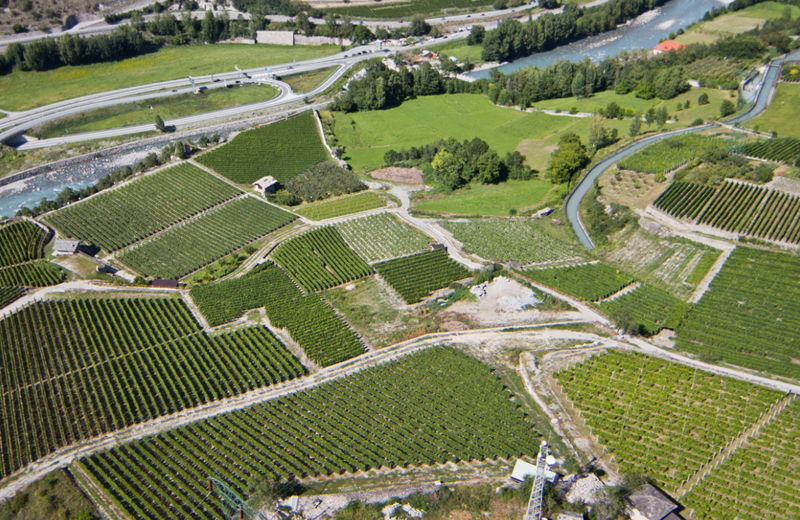
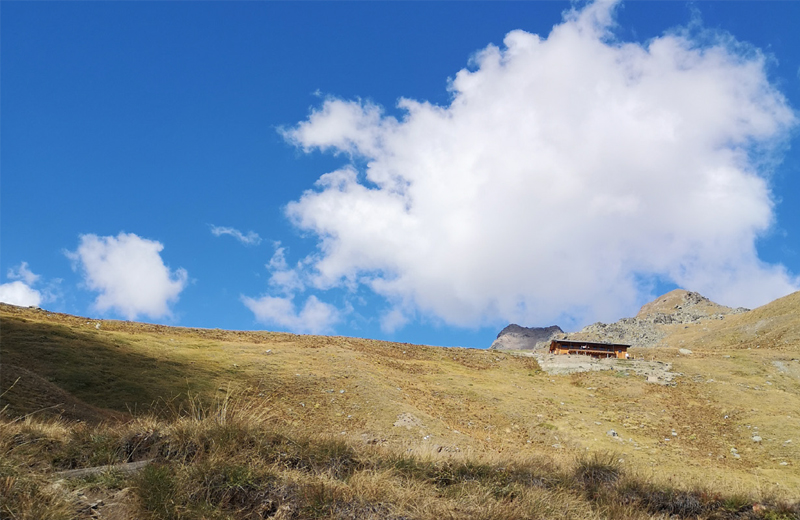
Most people know it as Cervinia, a ski resort with snow that never melts. But Cervinia is just the name given by its visitors to a much larger mountain area. The Breuil-Cervinia district – its full name - indicates an area that stretches from an altitude of 1,524 metres, in the municipality of Valtournenche, to the 3,408 metres of Plateau Rosà, touching upon 4,000 metres with the Klein Matterhorn. And it also includes the 4,478 metres of the imposing Matterhorn massif, the area's most iconic mountain, 'the perfect pyramid', which on the Swiss side, in Zermatt, is called Mattheron. Cervinia is renowned above all for year-round skiing, thanks to the slopes on the Swiss side of Plateau Rosà, but its appeal also lies in its wild nature, trekking and mountain bike trails, an 18-hole golf course - the highest in Europe - excellent cuisine and exclusive social life. All at an altitude of at least 2,000 metres...
www.lovevda.it/it/banca-dati/3/localita/valle-d-aosta/breuil-cervinia/434
Recharge your batteries at the spa, try your luck at the casino or enjoy a microclimate that has earned Saint-Vincent place the name "Riviera of the Alps”, for its exclusive, celebrity social life.
The tourist development of the town is linked to the discovery of the Fons Salutis by a naturalist abbot in 1770. It is a natural spring, whose therapeutic virtues made it famous and widely appreciated. Guests of the spa included illustrious figures such as Giosuè Carducci and Silvio Pellico, as well as the most prominent members of the aristocracy of the time.
Later, it was the tables of Europe's largest casino, the music festivals, cabaret and numerous awards made the "Riviera of the Alps" a glamorous, fashionable destination.
www.lovevda.it/it/banca-dati/3/localita/valle-d-aosta/saint-vincent/424
www.casinodelavallee.com
laviadelleterme.it/terme-di-saint-vincent
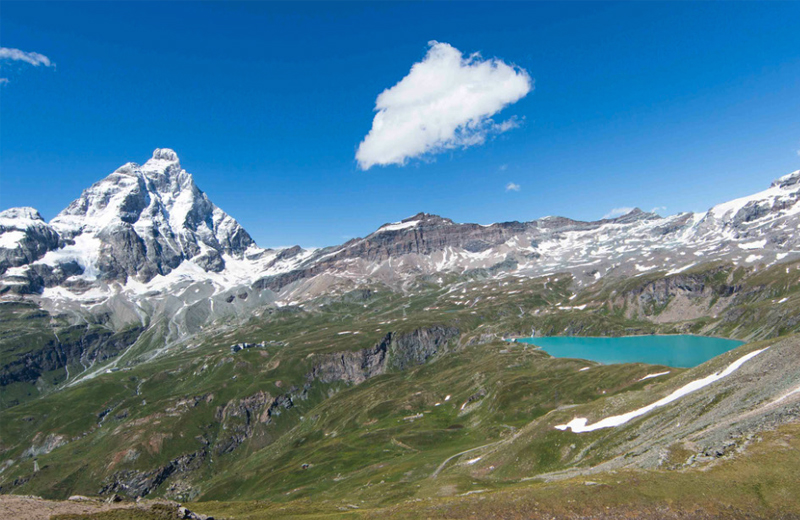
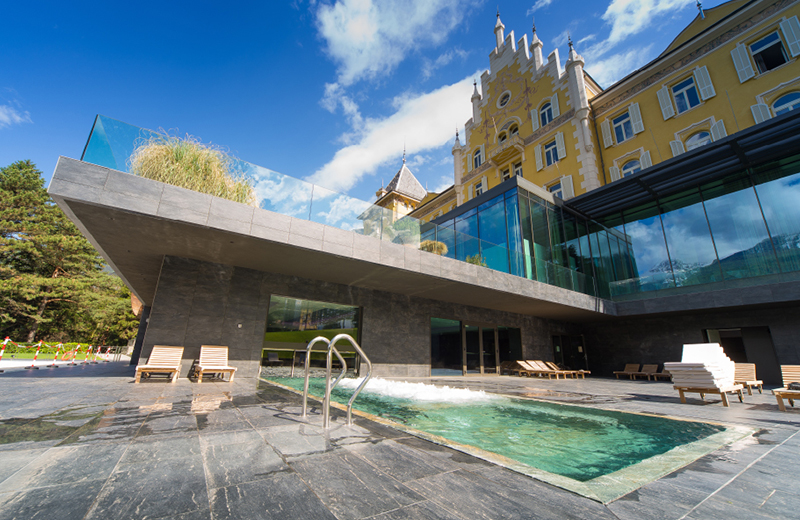
Chamois is the only village in Valle d'Aosta that can only be reached by cable car, or on foot along a wide path connecting it with La Magdeleine.
Chamois, together with nearby La Magdeleine, is part of the prestigious Alpine Pearls circuit, the network of Alpine resorts that share the same characteristics of sustainability and soft mobility. Alpine Pearls brings together 25 resorts in six Alpine countries: Italy, France, Switzerland, Germany, Austria and Slovenia.
In Chamois, nature is something to be experienced discreetly.
Chamois is the realm of slow tourism, and nature is something to be experienced discreetly.
Six good reasons to visit Chamois?
- no cars and nothing but the sounds of nature
- the area is intact and authentic
- breath-taking views
- wildlife at your fingertips
- a chance to rediscover yourself
- a place to feel at home.
Not enough? We don't believe it!
www.lovechamois.it/alpine-pearls
www.lovevda.it/it/banca-dati/3/localita/valle-d-aosta/chamois/375




